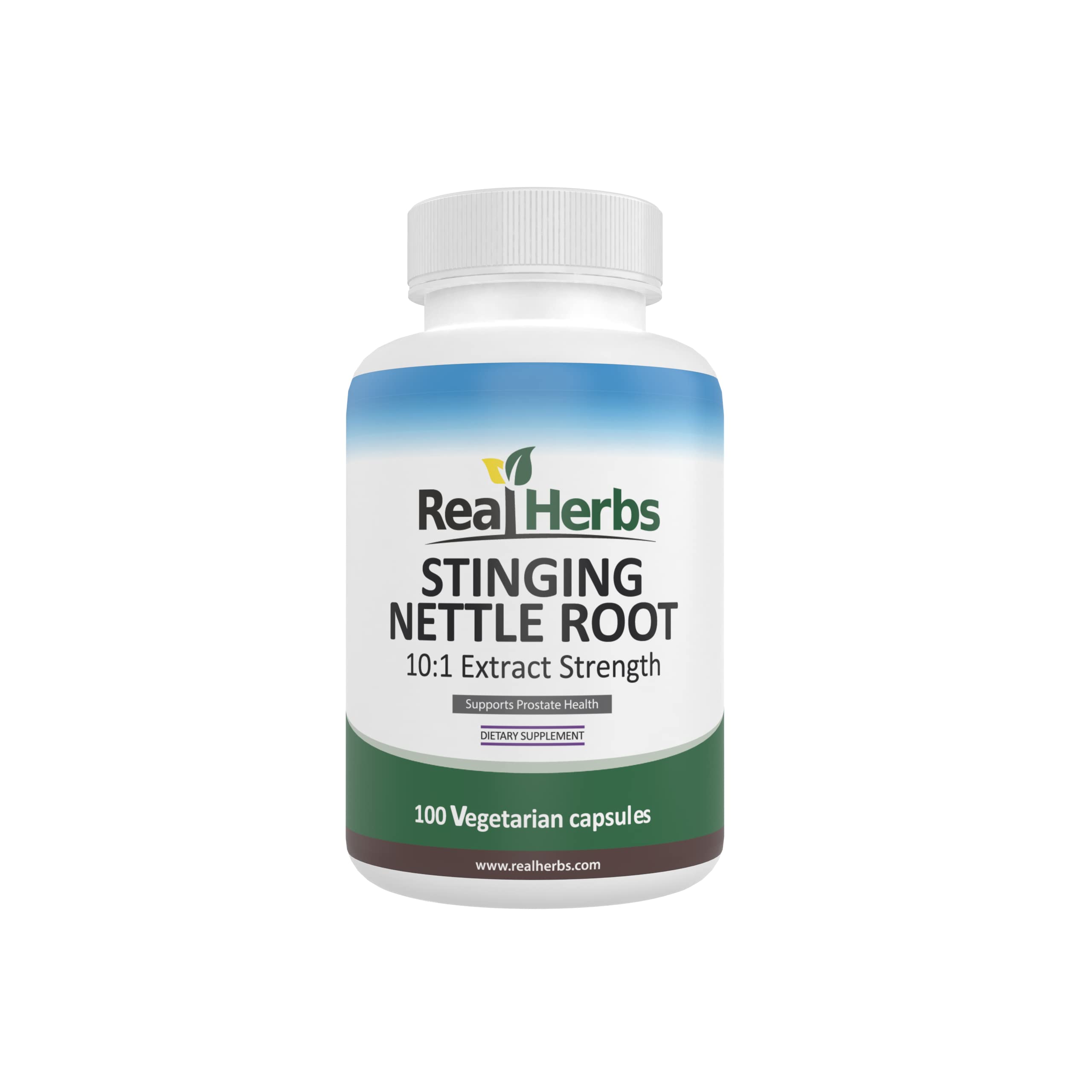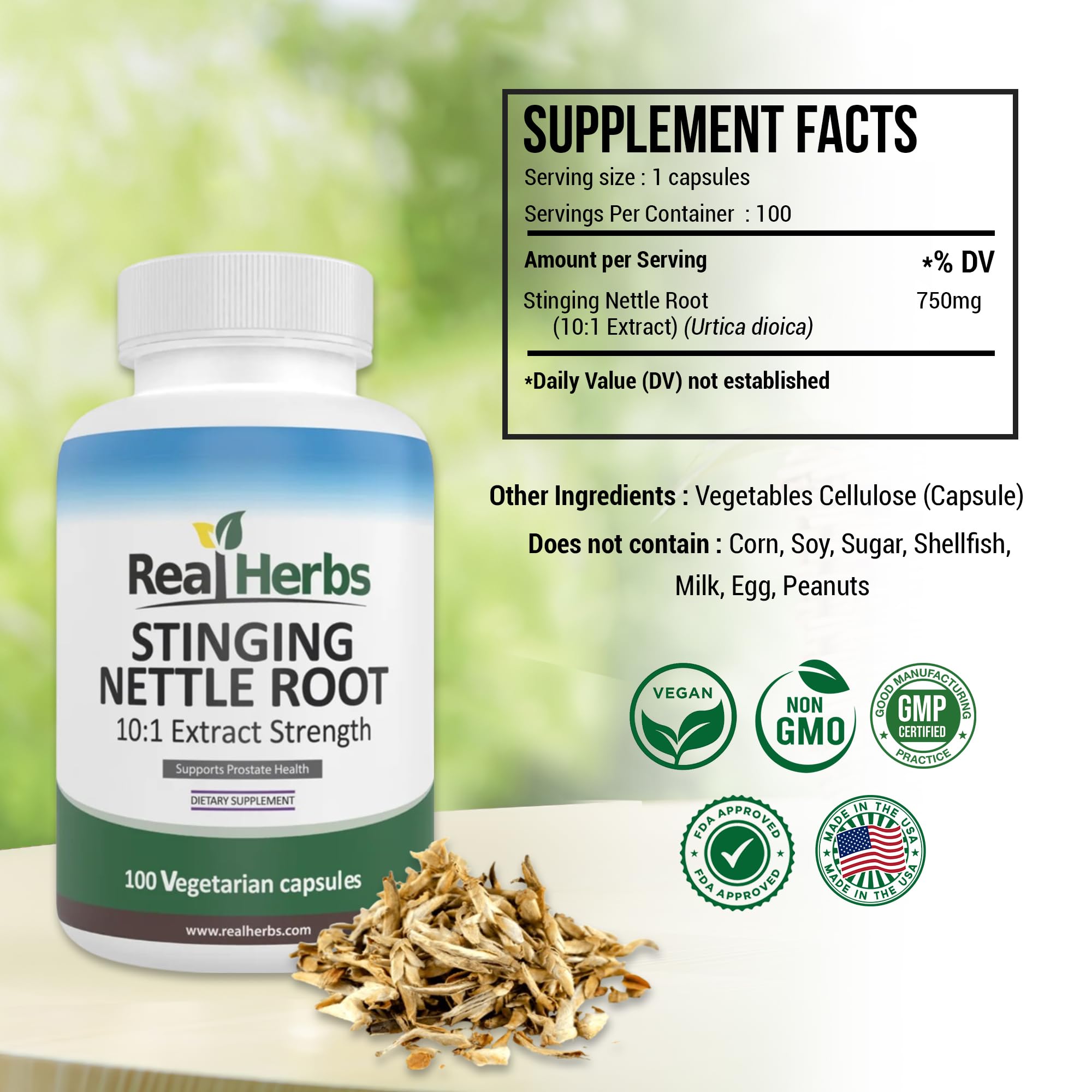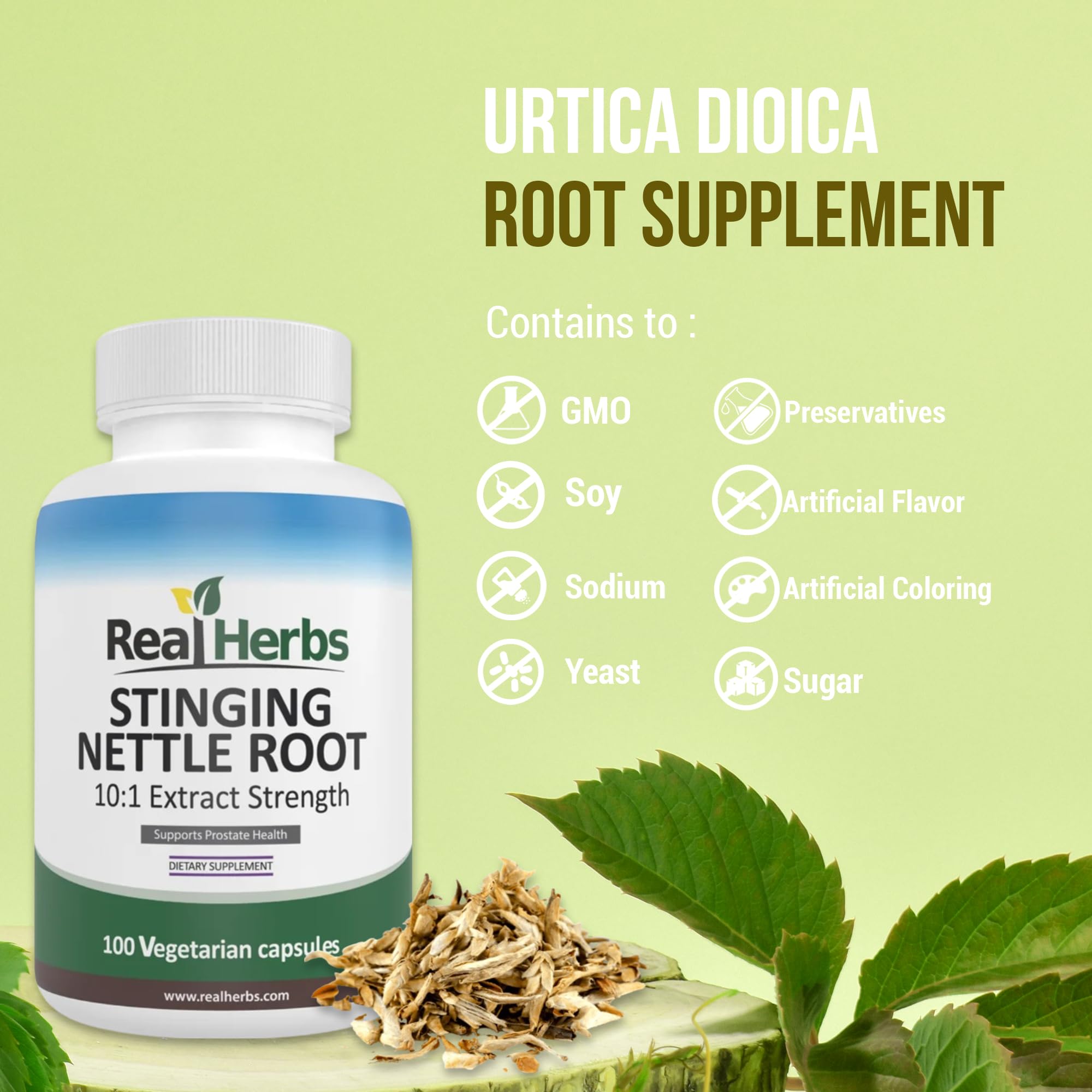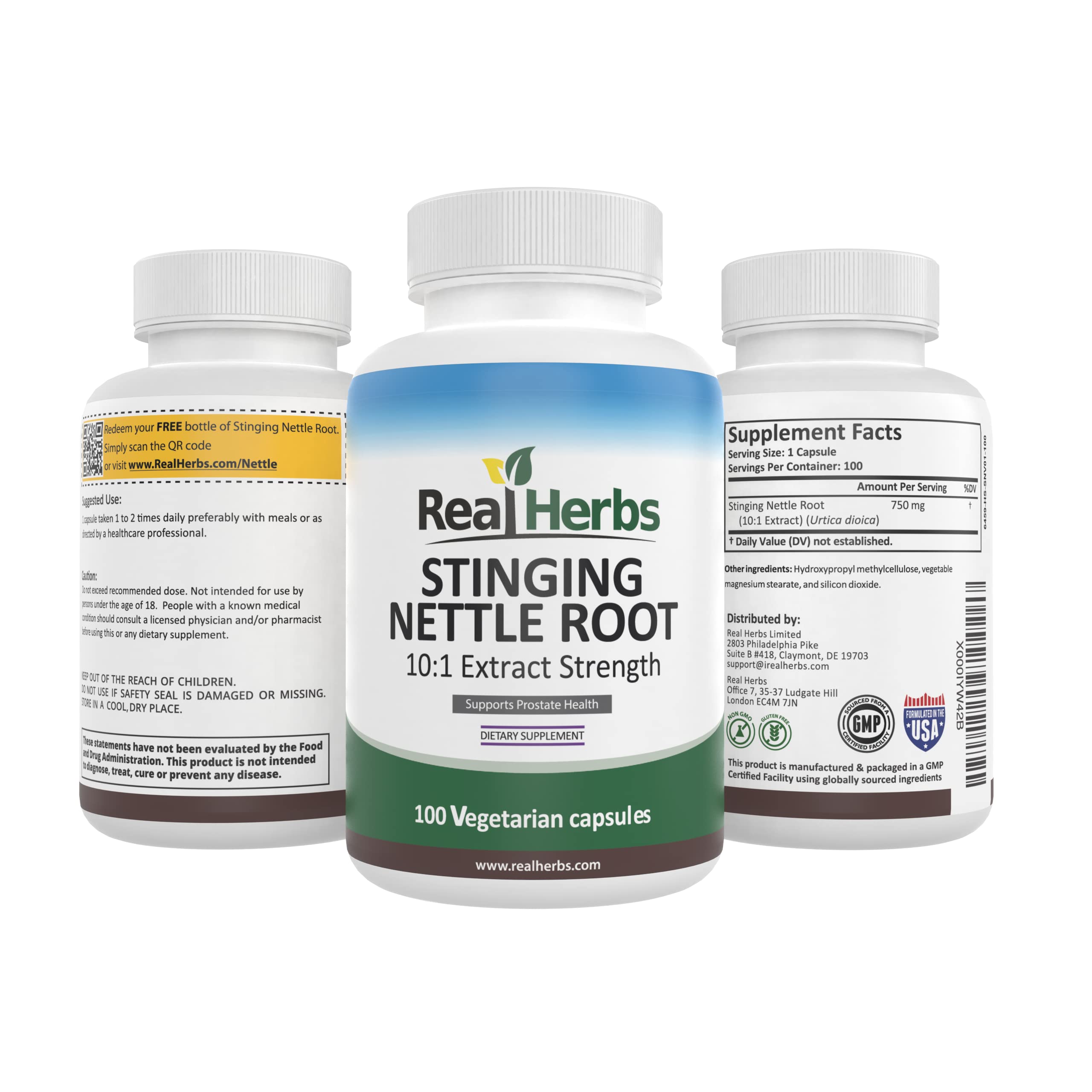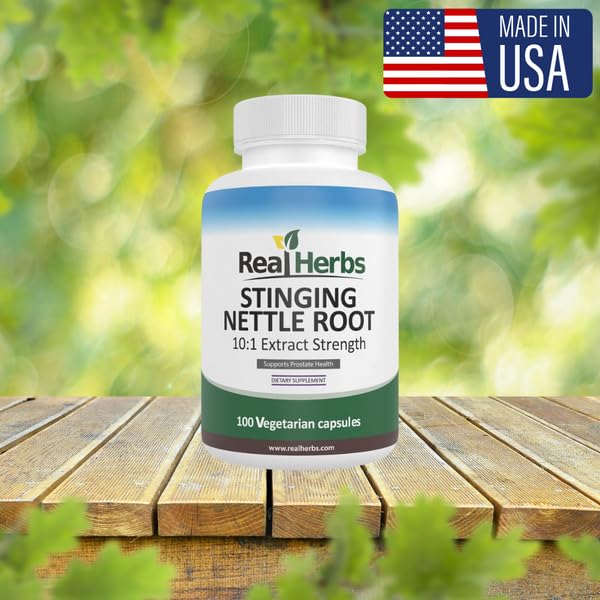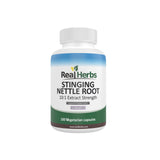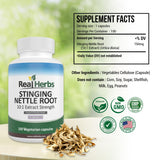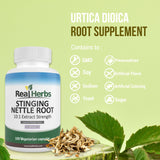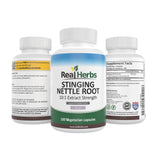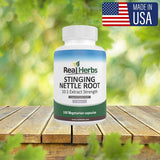What is Stinging Nettle Root?
Stinging nettle root, which is derived from the Urtica dioica plant, has a long history of use as a medicinal herb. Despite its reputation for stinging, this amazing plant has numerous potential health benefits. We will delve into the world of stinging nettle root in this article, exploring its historical uses, nutritional composition, and evidence-based health benefits, with a focus on its potential for promoting hair health and addressing hair loss.
Botanical Background: Stinging nettle is a perennial plant that has serrated leaves and tiny stinging hairs. These hairs contain chemicals that, when in contact with the skin, cause a temporary tingling or itching sensation. The root of the stinging nettle plant, on the other hand, has significant medicinal value and is widely used.
Stinging nettle root has historically and culturally been used in traditional medicine systems all over the world. Ancient civilizations such as the Egyptians and Native Americans used it for a variety of health issues. Stinging nettle root has been revered throughout history for its purported healing properties, which contributes to its continued use in modern times.
Stinging nettle root is a nutritional powerhouse, containing essential vitamins (such as vitamins A, C, and K), minerals (such as iron, calcium, and magnesium), and plant compounds such as flavonoids and sterols. These constituents are critical to overall health and well-being.
Health Advantages:
Stinging nettle root has received attention for its potential benefits in promoting hair health and combating hair loss. According to research, stinging nettle root can help inhibit the activity of certain enzymes that cause hair loss, such as 5-alpha reductase. Stinging nettle root may help prevent hair follicle miniaturization and promote hair growth by inhibiting the conversion of testosterone to dihydrotestosterone (DHT).
Stinging nettle root has also been studied for its ability to support prostate health. It may help relieve symptoms of benign prostatic hyperplasia (BPH), such as urinary incontinence and frequent nighttime urination.
Stinging nettle root has diuretic properties, which aid in flushing out toxins and supporting kidney function. This can help to improve urinary tract health and decrease water retention.
Stinging nettle root comes in a variety of forms, including capsules, teas, tinctures, and topical applications. The appropriate dosage depends on the product and the individual's needs. For safe and effective use, it is best to consult a healthcare professional or follow product instructions.
Conclusion: Despite its initial sting, stinging nettle root has a plethora of potential health benefits. It is a valuable natural remedy due to its historical use, nutritional composition, and emerging scientific evidence. Its potential for promoting hair health and addressing hair loss has gotten a lot of attention. However, before incorporating stinging nettle root into your wellness routine, consult with a healthcare professional, especially if you have underlying medical conditions or are taking medications. Stinging nettle root, with its promising therapeutic properties, begs further investigation for those looking for natural ways to support their health and well-being.
Botanical Background: Stinging nettle is a perennial plant that has serrated leaves and tiny stinging hairs. These hairs contain chemicals that, when in contact with the skin, cause a temporary tingling or itching sensation. The root of the stinging nettle plant, on the other hand, has significant medicinal value and is widely used.
Stinging nettle root has historically and culturally been used in traditional medicine systems all over the world. Ancient civilizations such as the Egyptians and Native Americans used it for a variety of health issues. Stinging nettle root has been revered throughout history for its purported healing properties, which contributes to its continued use in modern times.
Stinging nettle root is a nutritional powerhouse, containing essential vitamins (such as vitamins A, C, and K), minerals (such as iron, calcium, and magnesium), and plant compounds such as flavonoids and sterols. These constituents are critical to overall health and well-being.
Health Advantages:
Stinging nettle root has received attention for its potential benefits in promoting hair health and combating hair loss. According to research, stinging nettle root can help inhibit the activity of certain enzymes that cause hair loss, such as 5-alpha reductase. Stinging nettle root may help prevent hair follicle miniaturization and promote hair growth by inhibiting the conversion of testosterone to dihydrotestosterone (DHT).
Stinging nettle root has also been studied for its ability to support prostate health. It may help relieve symptoms of benign prostatic hyperplasia (BPH), such as urinary incontinence and frequent nighttime urination.
Stinging nettle root has diuretic properties, which aid in flushing out toxins and supporting kidney function. This can help to improve urinary tract health and decrease water retention.
Stinging nettle root comes in a variety of forms, including capsules, teas, tinctures, and topical applications. The appropriate dosage depends on the product and the individual's needs. For safe and effective use, it is best to consult a healthcare professional or follow product instructions.
Conclusion: Despite its initial sting, stinging nettle root has a plethora of potential health benefits. It is a valuable natural remedy due to its historical use, nutritional composition, and emerging scientific evidence. Its potential for promoting hair health and addressing hair loss has gotten a lot of attention. However, before incorporating stinging nettle root into your wellness routine, consult with a healthcare professional, especially if you have underlying medical conditions or are taking medications. Stinging nettle root, with its promising therapeutic properties, begs further investigation for those looking for natural ways to support their health and well-being.

